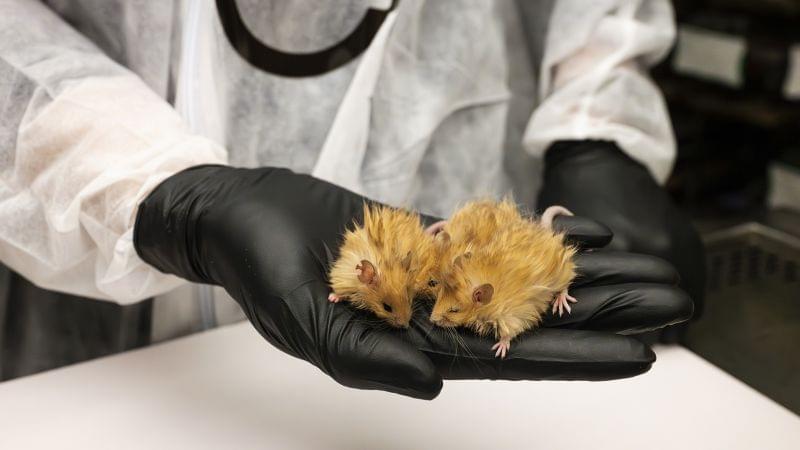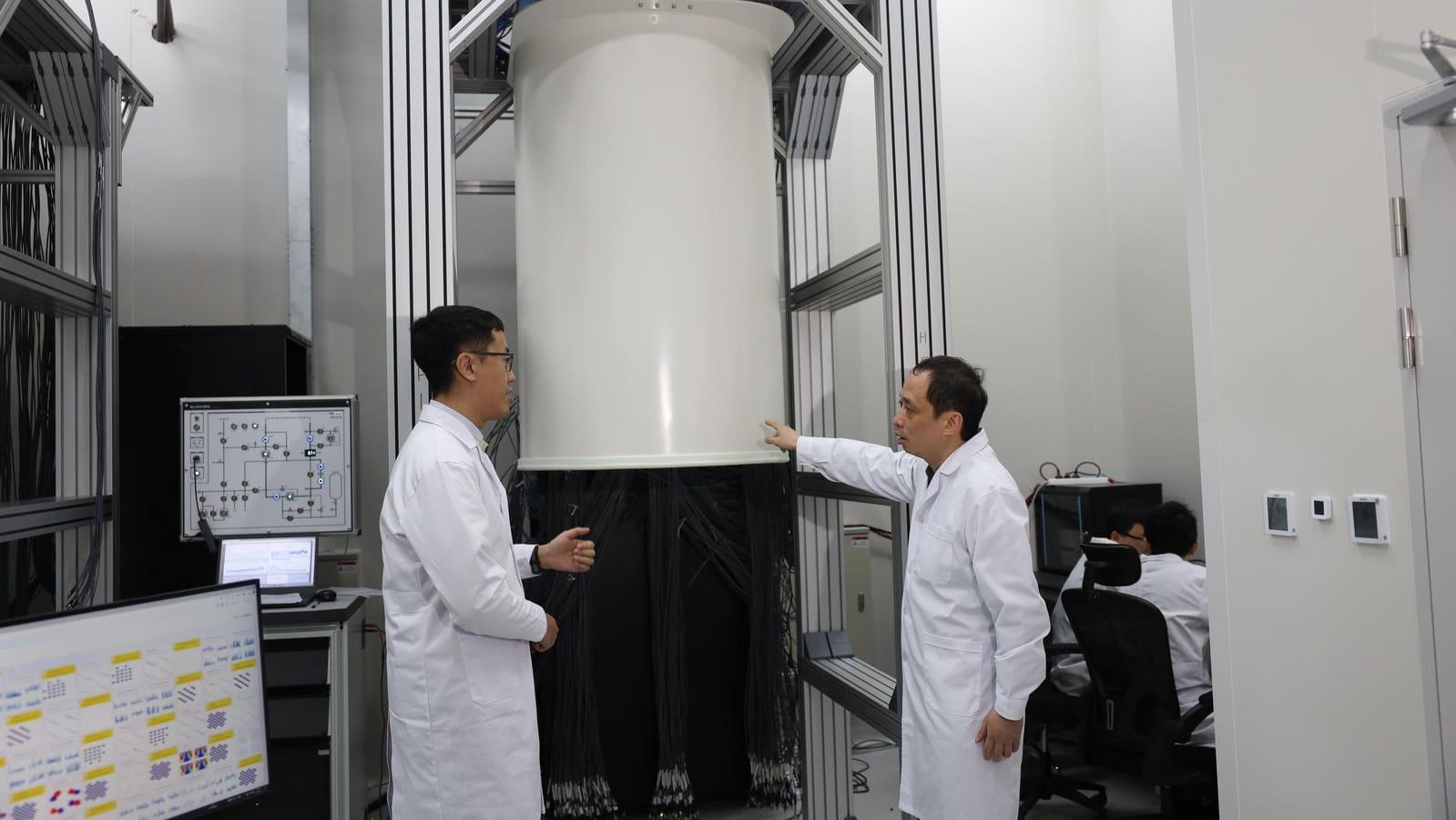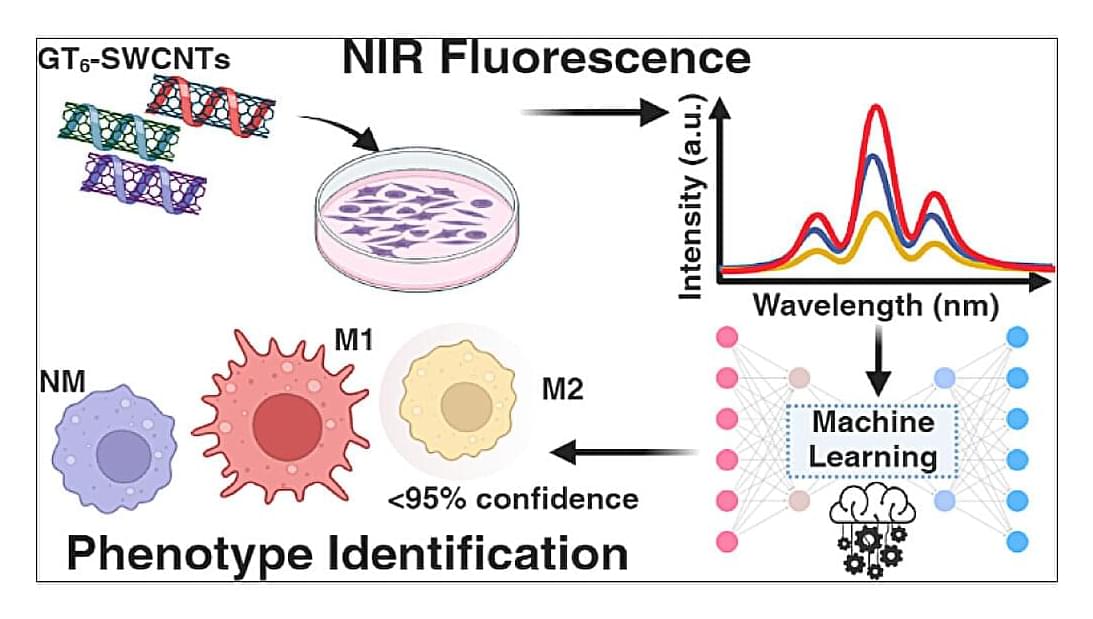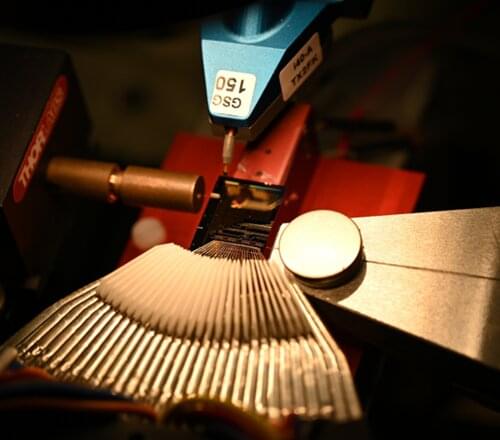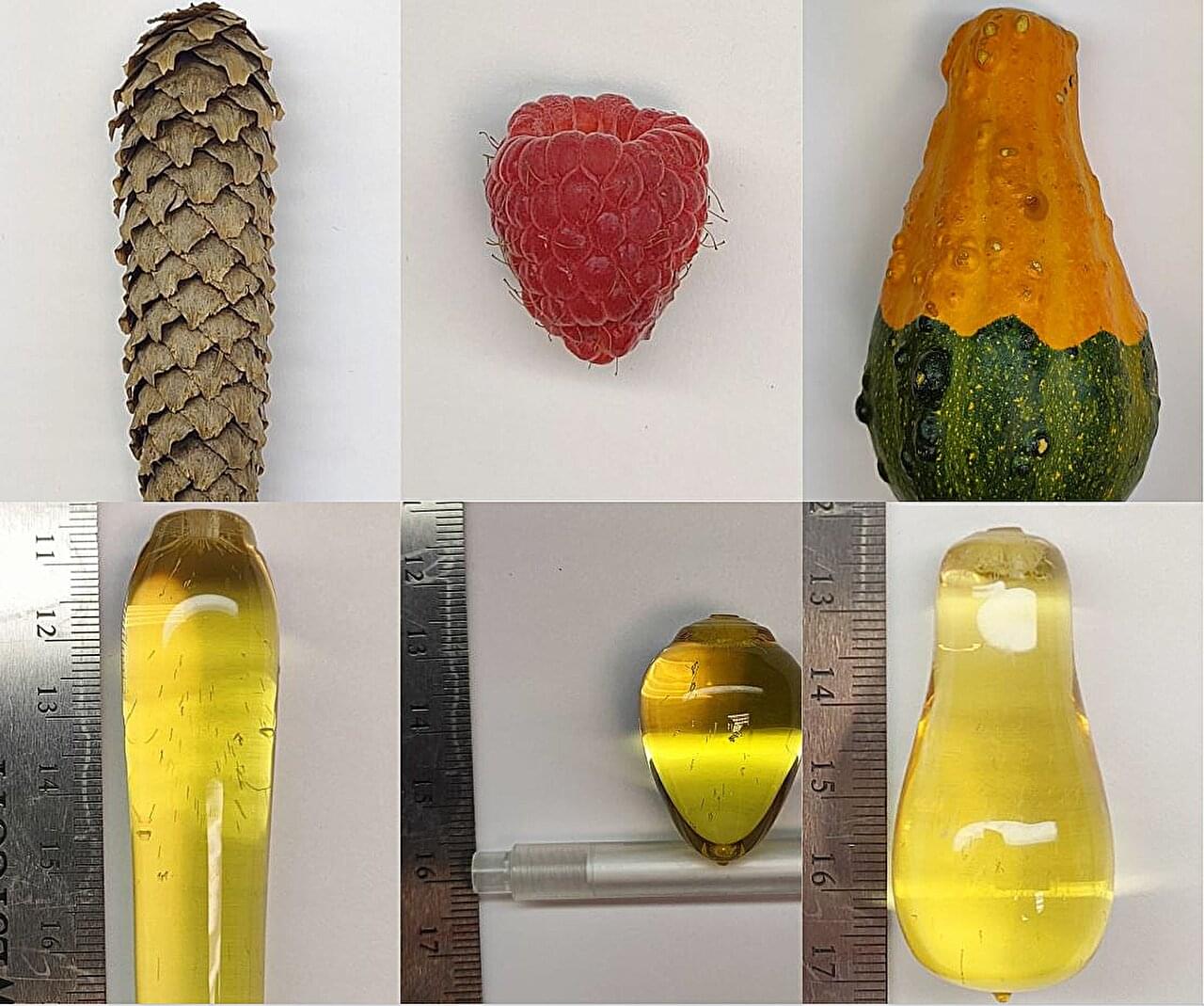Researchers at Michigan State University have refined an innovation that has the potential to improve safety, reduce severe injury and increase survival rates in situations ranging from car accidents, sports, law enforcement operations and more.
In 2020 and 2022, Weiyi Lu, an associate professor in MSU’s College of Engineering, developed a liquid nanofoam material made up of tiny holes surrounded by water that has been shown to protect the brain against traumatic injuries when used as a liner in football helmets. Now, MSU engineers and scientists have improved this technology to shield vital internal organs as well.
Falls, motor vehicle crashes and other kinds of collisions can cause blunt force trauma and damage to bodily organs that can lead to life-threatening emergencies. These injuries are often the result of intense mechanical force or pressure that doesn’t penetrate the body like a cut, but causes serious damage to the body’s organs, including internal lacerations, ruptures, bleeding and organ failure.

